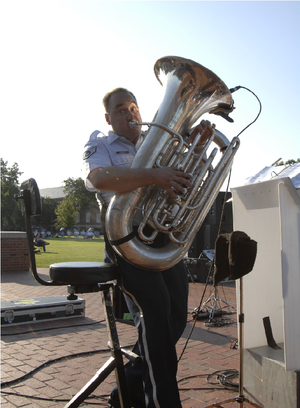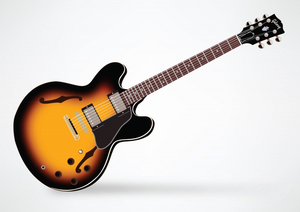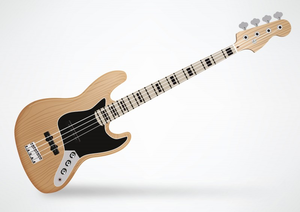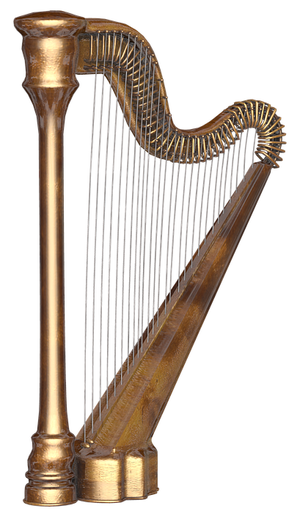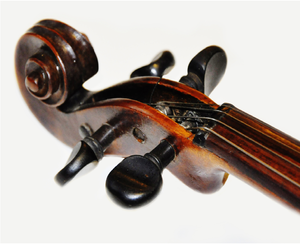Difference between revisions of "Sound"
(→Volume) |
|||
| Line 28: | Line 28: | ||
==Key Stage 2== | ==Key Stage 2== | ||
===Meaning=== | ===Meaning=== | ||
| − | '''Sound''' is a [[ | + | '''Sound''' is a [[vibration]] that passes through the [[air]] to our [[Ear|ears]]. |
===About Sound=== | ===About Sound=== | ||
| − | : '''Sounds''' are caused by materials vibrating. | + | : '''Sounds''' are caused by materials [[Vibration|vibrating]]. |
| − | : '''Sound''' travels through the air because it makes the air vibrate. If there were no sound could not travel to our ears. | + | : '''Sound''' travels through the air because it makes the air [[Vibration|vibrate]]. If there were no sound could not travel to our ears. |
: '''Sounds''' can be high or low pitched. | : '''Sounds''' can be high or low pitched. | ||
: '''Sounds''' can be loud or quiet. | : '''Sounds''' can be loud or quiet. | ||
| Line 83: | Line 83: | ||
===Volume=== | ===Volume=== | ||
{| class="wikitable" | {| class="wikitable" | ||
| − | |+ The bigger the vibration, the louder the sound. | + | |+ The bigger the [[vibration]], the louder the sound. |
|- | |- | ||
|[[File:Drumkit.png|center|300px]] | |[[File:Drumkit.png|center|300px]] | ||
| Line 89: | Line 89: | ||
|[[File:Tuba.png|center|300px]] | |[[File:Tuba.png|center|300px]] | ||
|- | |- | ||
| − | | style="height:20px; width:300px; text-align:center;" |When you hit a drum hard, it makes a louder '''sound''' because the [[ | + | | style="height:20px; width:300px; text-align:center;" |When you hit a drum hard, it makes a louder '''sound''' because the [[vibration]] is bigger. |
| − | | style="height:20px; width:300px; text-align:center;" |When you pluck a guitar string harder, it makes a louder '''sound''' because the [[ | + | | style="height:20px; width:300px; text-align:center;" |When you pluck a guitar string harder, it makes a louder '''sound''' because the [[vibration]] is bigger. |
| style="height:20px; width:300px; text-align:center;" |Blow harder down a tube it makes a louder '''sound''' because the [[vibration]] is bigger. | | style="height:20px; width:300px; text-align:center;" |Blow harder down a tube it makes a louder '''sound''' because the [[vibration]] is bigger. | ||
|} | |} | ||
Revision as of 14:18, 19 August 2018
Contents
Key Stage 1

We hear sound with our ears.
Meaning
Sound is something that we hear with our ears.
About Sound
- A sound can be loud or quiet.
- A sound can be low or high pitched.
Examples
| The sound of a mouse's squeak is very 'high pitched'. | A tuba makes a deep or 'low pitched' sound. |
| Shouting, screaming and yelling are all loud sounds. | Whispering is a very quiet sound. |
Key Stage 2
Meaning
Sound is a vibration that passes through the air to our ears.
About Sound
- Sounds are caused by materials vibrating.
- Sound travels through the air because it makes the air vibrate. If there were no sound could not travel to our ears.
- Sounds can be high or low pitched.
- Sounds can be loud or quiet.
Pitch
Size
| A small 'soprano' saxophone makes a high pitched sound. | An 'alto' saxophone makes the second highest pitch. | A tenor saxophone makes the second lowest pitch. | A large 'bass' saxophone makes a low pitched sound. |
Thickness of Strings
| A regular guitar has thin strings and can make high pitched sounds. | A 'bass' guitar has thick strings and makes low pitched sounds. |
Length of Strings
| The shorter strings on a harp make a higher pitched sound. |
Tightness of Strings
| The pegs on the end of a stringed instrument can make the strings tighter or looser. |
Volume
| When you hit a drum hard, it makes a louder sound because the vibration is bigger. | When you pluck a guitar string harder, it makes a louder sound because the vibration is bigger. | Blow harder down a tube it makes a louder sound because the vibration is bigger. |

